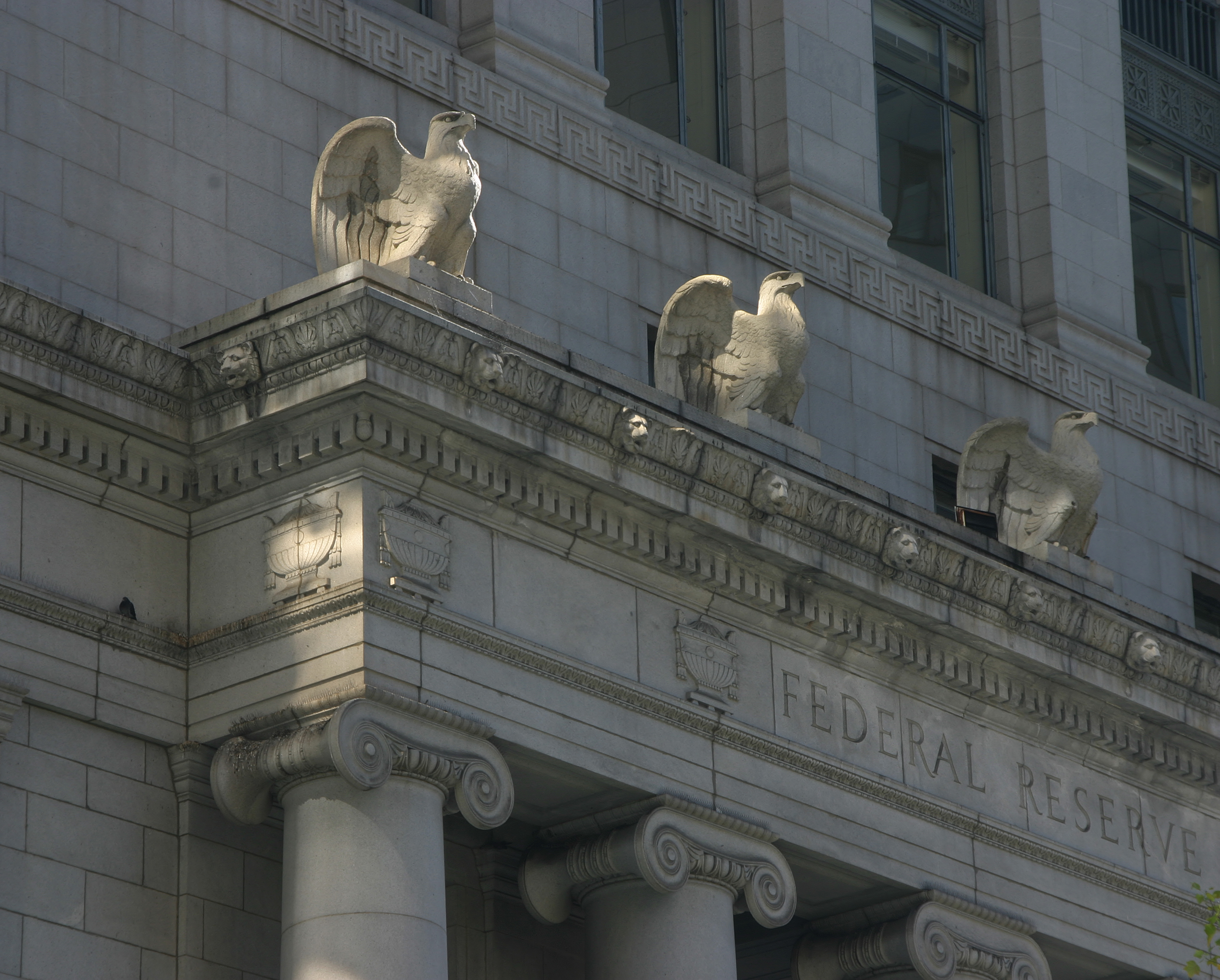U.S. markets are falling due to liquidity stress, government shutdown uncertainty, and rapid sentiment unwinding—not weakening fundamentals. A rebound is likely once liquidity normalizes and the shutdown ends.
-
Liquidity Strain and Policy Uncertainty
The recent decline in the U.S. equity market reflects a confluence of liquidity stress, technical fragility, and policy uncertainty, rather than a sudden deterioration in fundamentals. Despite stronger-than-expected ISM Services and ADP employment data indicating resilience in the broader economy, markets have sold off sharply as liquidity has tightened and investor sentiment has turned defensive. The ongoing government shutdown has emerged as the dominant driver, draining liquidity from the financial system as the Treasury General Account swells above $1 trillion, pulling cash away from private markets and suppressing risk appetite.
-
Sentiment Unwind and Market Deleveraging
A wave of deleveraging across momentum and AI-related names has accelerated the correction. Many of these stocks carried high valuations built on long-term growth narratives, and as sentiment weakened, investors rushed to unwind positions. Even companies delivering strong earnings have faced double-digit declines, indicating that the selling pressure is largely driven by sentiment and liquidity. Market breadth has collapsed, and high-beta sectors are absorbing the heaviest damage.
-
Funding Stress and Monetary Fragility
Meanwhile, stress in funding markets has added to volatility. The Federal Reserve’s $125 billion repo injection in late October underscores the strain on bank reserves, which have fallen to a four-year low of $2.8 trillion. The move was defensive rather than stimulative—intended to prevent cracks in the system—but it revealed the fragility of the current monetary backdrop.
-
Shutdown Resolution and Recovery Potential
Despite the near-term weakness, the broader economic picture remains stable. The services sector is expanding, job growth has not collapsed, and the Fed is likely to pivot toward policy support once full economic data resumes. Historically, equities have tended to rebound strongly after shutdowns, as liquidity returns to the markets and fiscal spending resumes. If the shutdown is resolved by mid-November, the market could experience a sharp liquidity-driven recovery into year-end.
-
Outlook: Cyclical Weakness, Structural Resilience
Quantel's outlook remains cautiously constructive. The sell-off appears cyclical rather than structural—driven more by temporary liquidity distortions than by a fundamental breakdown in earnings or growth. Investors should remain patient and focus on companies with strong cash flow and durable competitive advantages. As liquidity normalizes, these assets are likely to recover first, restoring balance to an oversold market.
EXPLORE MORE POSTS
U.S. Equities Rebound as Cooling Inflation Strengthens Fed Pivot Expectations
Cooling inflation has revived confidence in U.S. equities, with falling yields...
Read Moreby Jerry Yuan
Jurisdictional Complexity: Managing Multi-Country Income and Tax Exposure.
by Irman Singh
Why Oracle’s Pullback Doesn’t Signal the End of the AI Trade
Oracle’s sharp post-earnings selloff triggered a broad AI market pullback, but...
Read Moreby Jerry Yuan
Investment Risk Profile: Factors Affecting It and Tax Strategy
Every investor has a unique investment risk profile, which determines how much...
Read Moreby Irman Singh
BOJ Tightening: How Japan’s Rate Hike Could Impact U.S. Equities
Japan’s shift toward tightening has added volatility to global markets, but...
Read Moreby Jerry Yuan
Stop Overpaying: What Every Entrepreneur Should Know About Tax Strategy
High-Net-Worth entrepreneurs manage complex financial lives—multiple ventures,...
Read Moreby Irman Singh
Top 5 Tax-Efficient Strategies for Corporate Leaders in the U.S.
Corporate leaders in today’s environment face increasingly complex tax...
Read Moreby Irman Singh
Markets Under Pressure: Valuation Strains, Credit Stress, and Mixed Macro Signals Drive Volatility
Markets are showing strain across AI stocks, private credit, crypto, and global...
Read Moreby Yuanhao Feng
Top 5 Overlooked Tax Strategies Every U.S. Lawyer Should Use in 2025
For many lawyers in the U.S., taxes quietly erode more wealth than any market...
Read Moreby Irman Singh
Markets Reprice: Fed Confusion Meets Overheated Tech
U.S. equities saw a sharp reset on Thursday, with the S&P 500 dropping 1.7%,...
Read Moreby Jerry Yuan
Navigating the New Macro Regime: Quantel’s October 2025 Results
Quantel's Premium Portfolios delivered another strong month in October 2025,...
Read Moreby Shyam Sreenivasan
Top 10 Tax Planning Strategies for Hni Commercial Brokers
High-net-worth commercial brokers stand at the intersection of deal-making and...
Read Moreby Irman Singh
Triple Shock Hits Wall Street: Liquidity, Shutdown, Sentiment
U.S. markets are falling due to liquidity stress, government shutdown...
Read Moreby Jerry Yuan
Keep More of What You Earn : Tax Strategies for Physicians
Physicians often find themselves in some of the highest effective tax brackets...
Read Moreby Irman Singh
Trump-Xi Truce in South Korea - A Fragile Pause for Markets
The U.S.–China truce cools trade tensions and supports risk appetite, but it’s...
Read Moreby Jerry Yuan
Intelligent Tax Planning for America’s Wealth Builders
by Irman Singh
Cooling Inflation Paves Way for Fed Cuts, Lifts Equity Sentiment
Cooling inflation data reinforced confidence in a soft-landing scenario,...
Read More




















